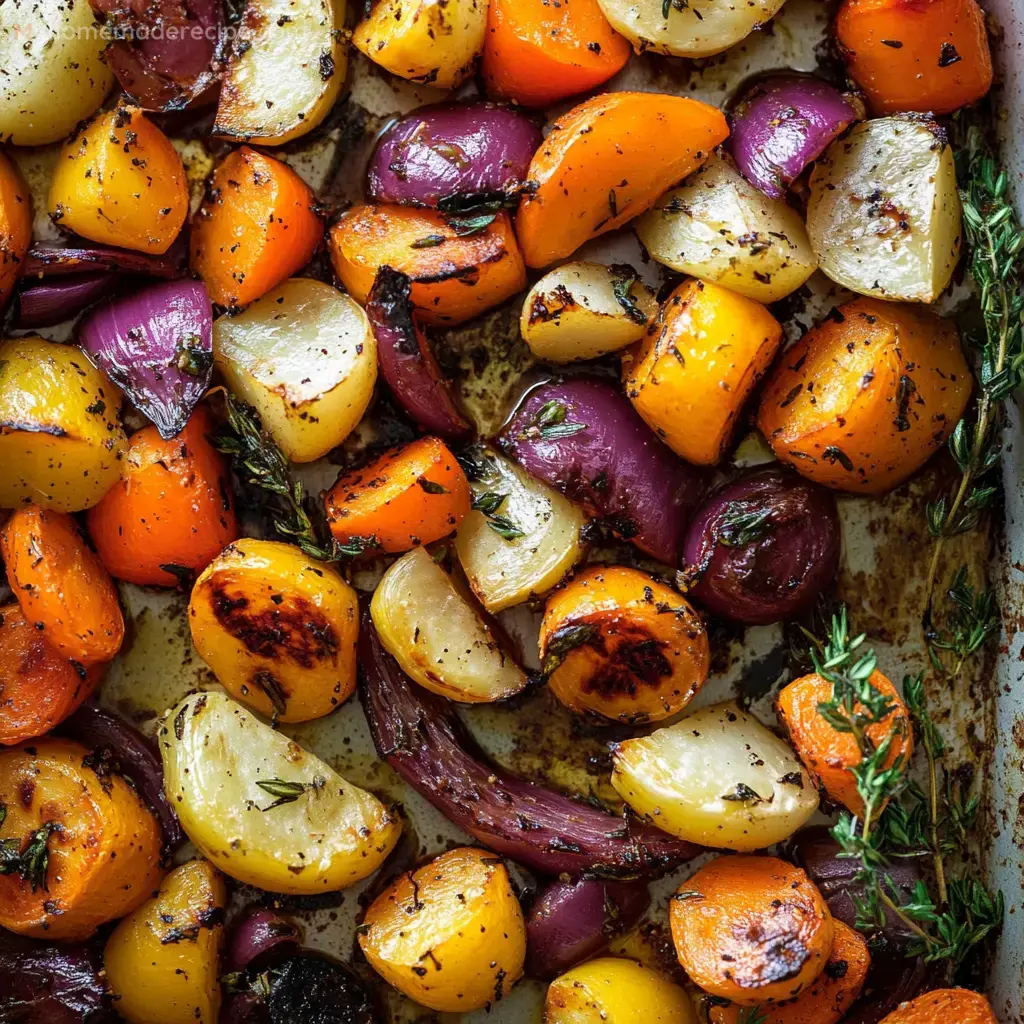Getting veggies crispy in the oven can totally change up a boring dinner. When you roast them, you get bold flavors and a texture you just can't get any other way. Speaking as a mom and someone who cooks a lot, having good roasted veggies up your sleeve is a must if you're hungry for more healthy, tasty meals with your family.
There’s more to throwing veggies in the oven than just tossing them around. If you nail the basics, each veggie goes golden and tender right. Here’s the best part when you roast: veggies taste sweeter, have crunchy bits outside but stay soft in the middle, and you can switch up the flavors however you want. Once you get good at roasting, whether you’re a total newbie or have cooked your whole life, you’ll want to keep doing it.
Perfectly-Separated Vegetables
A major trick with roasting is keeping veggies apart by their moisture and feel. Firm root veggies—think potatoes, sweet potatoes, or carrots— do best if they’re not sharing space with watery ones like zucchini, eggplant, or bell peppers. This split keeps everything roasting just right so nothing ends up soggy or raw in the middle.
Say you cooked carrots with zucchini side by side. Zucchini leaks a bunch of water, so carrots get steamy and soft, not browned and crisp. When they’re roasted in different pans, though, carrots get that browned outside and almost creamy inside while zucchini stays slightly sweet and caramelized.
Chopping Tips
How you chop matters a lot for roasting. If you cut everything about the same size, they all cook at about the same speed. While chopping everything tiny looks like a time-saver, it actually means you miss out on crispy edges. Leaving bigger chunks slows the cooking inside, letting the outside brown up nicely.
Keep in mind, after roasting, veggies shrink by roughly a quarter. Going with bigger carrot pieces—say, around an inch—or broccoli cut into two-inch florets works out so they keep their bite when they're done.
Onion Strategy
Onions are a little different when oven roasting. They cook quicker than most veggies, so you want to start them separately. Grab some red onions, toss them in olive oil, salt, pepper. Set them aside. Don’t put them in the oven yet. Wait until your veggies have been roasting about 30 minutes before you add the onions, so they don’t overdo it and burn.
Veggie Mix
With the other veggies, pile them in a bowl. Toss in a few whole smashed garlic cloves (not chopped, so they don’t burn and turn bitter). Throw in some thyme sticks and hand-torn sage leaves for more taste. Toss everything with olive oil, some salt, and pepper. Make sure they’re nice and coated—that keeps flavor even and stops them from going dry outside.
Oven Settings
Everyone argues about the best oven temp, but going for a steady 200°C/390°F (or 180°C/350°F if you use the fan/convection part of your oven) is usually best. A slightly lower heat means veggies get sweeter and brown evenly. If you blast the heat way up, you’ll burn things on the outside and leave tough veggies chewy and not fully cooked.
Timing for Oven
Start by warming your oven to the exact temp you need. If you want, throw parchment paper on your roasting tray—it makes cleanup easier. But it isn’t strictly needed, since the oil should stop any sticking.
Spread the veggies so they sit in one layer, not piled on top of each other. This helps everything brown evenly and get crisp around the edges. Roast for 30 minutes, then toss in those onions you held back. Give everything a little stir so all the pieces cook evenly.
Roast it all another hour, stirring halfway so sides don’t get left out. Yeah, 90 minutes may seem long, but it’s what gives every veggie that perfect bite and caramel color. The long roast brings out those deep, sweet flavors.
Easy Cleanup
Cleaning up isn’t the best part but using parchment on your tray really cuts down on stuck bits. Still, since you used plenty of oil, things don’t stick much anyway. Even without paper, throwing everything in the dishwasher should be pretty painless.
How to Serve
After roasting, pile veggies onto a platter or just eat them straight from the tray—up to you! You can finish with a tiny bit more olive oil or a hit of pepper for extra punch. Thanks to a long roast, all the flavors turn big and bold.
Mix things up with toppings, too. Try adding some shredded cheese near the end and sliding them back in the oven a couple minutes. The cheese melts and takes things up a notch.
Change-Ups
- Herbs and Spices Try tossing in extras like rosemary, chili powder, garlic powder, cumin, or whatever you feel like. Stir them right into your veggies or blend them with olive oil to coat everything.
- Citrus For a little tang, put lemon or orange slices straight in with the veggies before roasting, or squeeze a bit of fresh juice over everything when it’s done.
- Cheese Like before, a sprinkle of cheese near the end melts for a creamy hit.
- Meat Want to bulk it up? Add chunks of chorizo, pancetta, or bacon to your pan. Their fat melts out and soaks into everything in a good way.
Key Takeaway List
- Sort your Veggies Keep roots and sturdy veggies on their own, separate from softer, juicy ones.
- Chop Evenly Try to keep chunks the same shape and size so they all roast together.
- Prep Give everything a good toss in olive oil, herbs, and seasoning.
- Oven Temp Use a solid 200°C/390°F to get that sweet browning.
- Roasting Time Give it a total of 90 minutes, mixing halfway through for even roasting.
- Cleanup Help Parchment paper or well-oiled trays keep cleanup fast.
Go Wild with Ideas
Switch up which veggies you roast or the seasonings you use whenever you want. Don’t stress about sticking to the same old combos. Try a new herb or spice, or even use avocado oil if you want something that stands up to high heat.
 Pin it
Pin it
